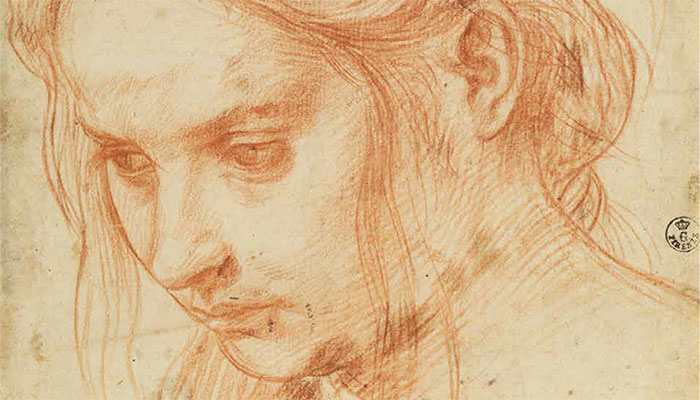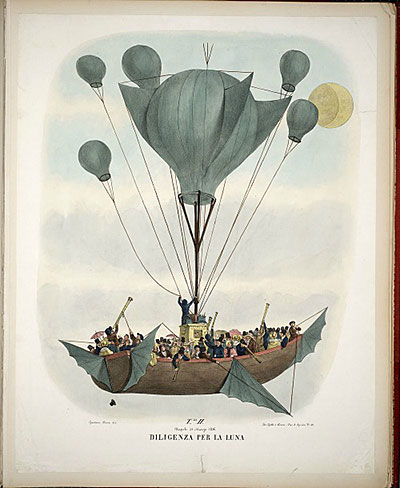30 June – 18 October 2015
http://www.tate.org.uk/
Jackson Pollock (1912–56) is widely considered to be one of the most influential and provocative American artists of the twentieth century. Pollock famously pioneered action painting, a process that saw him drip paint on canvases resting on the studio floor. Jackson Pollock: Blind Spots presents the first exhibition in more than three decades of Pollock’s paintings made between 1951 and 1953, shedding light on a less well known but extremely influential part of his practice and departure from his signature technique.
Jackson Pollock: Blind Spots brings together the most significant showing of this widely debated body of work in a public institution since 1980. These paintings had a profound impact on the language of contemporary art, with noted art historian Michael Fried commenting that it was while Pollock was making his black pourings that he was ‘on the verge of an entirely new and different kind of painting … of virtually limitless potential’.
http://www.tate.org.uk/
Jackson Pollock (1912–56) is widely considered to be one of the most influential and provocative American artists of the twentieth century. Pollock famously pioneered action painting, a process that saw him drip paint on canvases resting on the studio floor. Jackson Pollock: Blind Spots presents the first exhibition in more than three decades of Pollock’s paintings made between 1951 and 1953, shedding light on a less well known but extremely influential part of his practice and departure from his signature technique.
Jackson Pollock: Blind Spots brings together the most significant showing of this widely debated body of work in a public institution since 1980. These paintings had a profound impact on the language of contemporary art, with noted art historian Michael Fried commenting that it was while Pollock was making his black pourings that he was ‘on the verge of an entirely new and different kind of painting … of virtually limitless potential’.



















